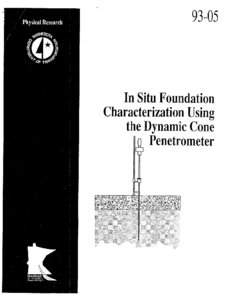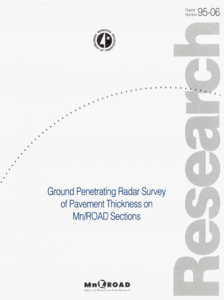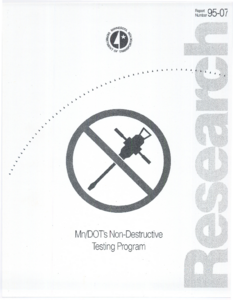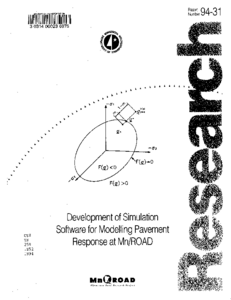Displaying results 1 - 10 of 310
Minnesota Road Research Project Forensic Investigation 199701
Date Created
1999-07
Report Number
1999-33
Description
In Situ Foundation Characterization Using the Dynamic Cone Penetrometer
Creator
Date Created
1993-05
Report Number
93-05
Description
Comparison of the Performance of Fiber Reinforced Plastic Dowel Bars to Epoxy-Coated and Stainless-Steel Dowel Bars
Date Created
2023-05
Report Number
2022-25
Description
Human Factors Aspects of the Genesis Program
Date Created
1994-03
Report Number
95-02
Description
Development of Simulation Software for Modelling Pavement Response at Mn/ROAD
Date Created
1994
Report Number
94-31
Description
Measurement of Moisture in Aggregate Stockpiles
Creator
Date Created
2001
Report Number
2001-21
Description










